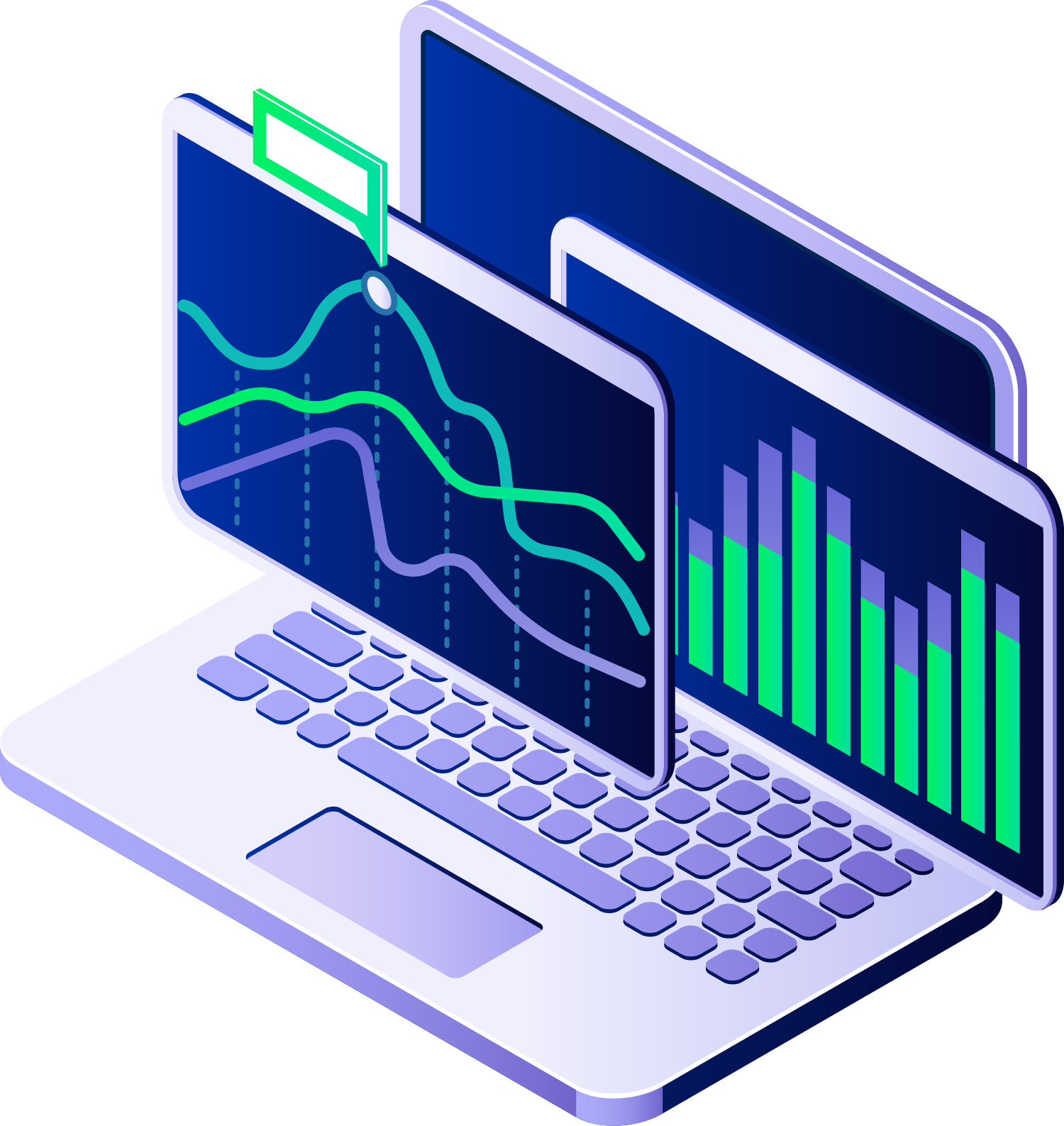
Everyone loves a good game of Space Invaders. It’s basic and familiar, and graphics aside, it’s entertaining. These are all reasons why people still play it. Of course, modern gaming brings a whole new spectrum of in depth and complex games that will intrigue the mind. We’re fascinated by shiny new features that keep us from getting bored and make a gaming hobby more enjoyable.
The same isn’t always said about the systems that you use to do your regular work, but it should be. If you’re still trapped using legacy systems, shouldn’t you use the same ideas that you apply in your personal life in your work life? Much like the gaming industry, today’s software is not the same legacy software that is far too prevalent in the workforce today.
Why Legacy Systems are the Space Invaders of the Workplace
Years ago, legacy IT systems were “on prem.” Updates would put the system down for weeks or months depending on the last update. This often-meant huge losses in productivity and the ability to properly serve your customers. What’s more, users faced an intensive retraining every time a new update was installed.
Today’s new systems are “in the cloud.” They get regular updates which for the most part are seamless to the user. When a significant update does occur, it’s still easy for the everyday user to understand the changes and to continue to use the software.
The training for the outdated software was and still is complex. How many people must be taught how to use their new phones? You would have the “power user” in your organization that you would call for issues. Often, that power user would have to go back to the software company for answers, taking even more time. New software is more manageable for any user to pick up. Questions are easily solved by any user based on the knowledge published by the company. The software company has programs to efficiently address user issues.
Implementation for legacy systems would take months and would also require a large implementation team from both the client and the software company. This team would spend months developing a plan, developing when outages would occur, and finally implanting it at an extreme cost to the client.
Let us not forget the complicated pricing system of legacy software. There were user licenses, data licenses, tokens, and many other means to charge the client because it would be a customization. That customization would also cause issues when the software needed to be updated, which would then cost even more to write the updated customization. Today’s software has much simpler pricing models that make it easier for clients.
In all seriousness, legacy systems truly are the space invaders of the workplace. They invade your time, productivity, and budget in ways that newer solutions do not. They also take up physical space in your facility because of on-prem deployments. The only way to get rid of the legacy invasion is to implement a good defense - in this case, it’s simpler, cost-effective, cloud-based solutions that will help you recapture your time and budget.

Final Thoughts: Making a Business Case for a Modern Data Management Approach
Today’s lifeblood for modern companies is all about data: how you collect, access, use, share and secure it. When you’re using old-school systems to manage your data, you’re putting your company and its stakeholders out of reach of critical information every time you update it. In a world where we’ve come to expect instant gratification, this type of lag just isn’t going to cut it.
At Datagration, we’re putting the power of modern data management into the hands of some of the world’s most successful O&G organizations. We empower companies with all the tools they need to integrate data from legacy systems and turn them into meaningful insights across the enterprise.
Companies who invest in better software will have a much different experience than continuing to use software from a previous generation. It’ll be quicker to implement and you’ll have a much higher success rate of people using it. It won’t cause the entire company to stall while software is updating. It will be seamless. The companies that successfully implement the newer software and replace legacy programs will be light years ahead, while basic functions and limitations of legacy systems can only ever net you basic outcomes. But, if you want to keep on playing Space Invaders instead of being fully immersed in Virtual Reality, have fun…because who doesn’t like Space Invaders?

